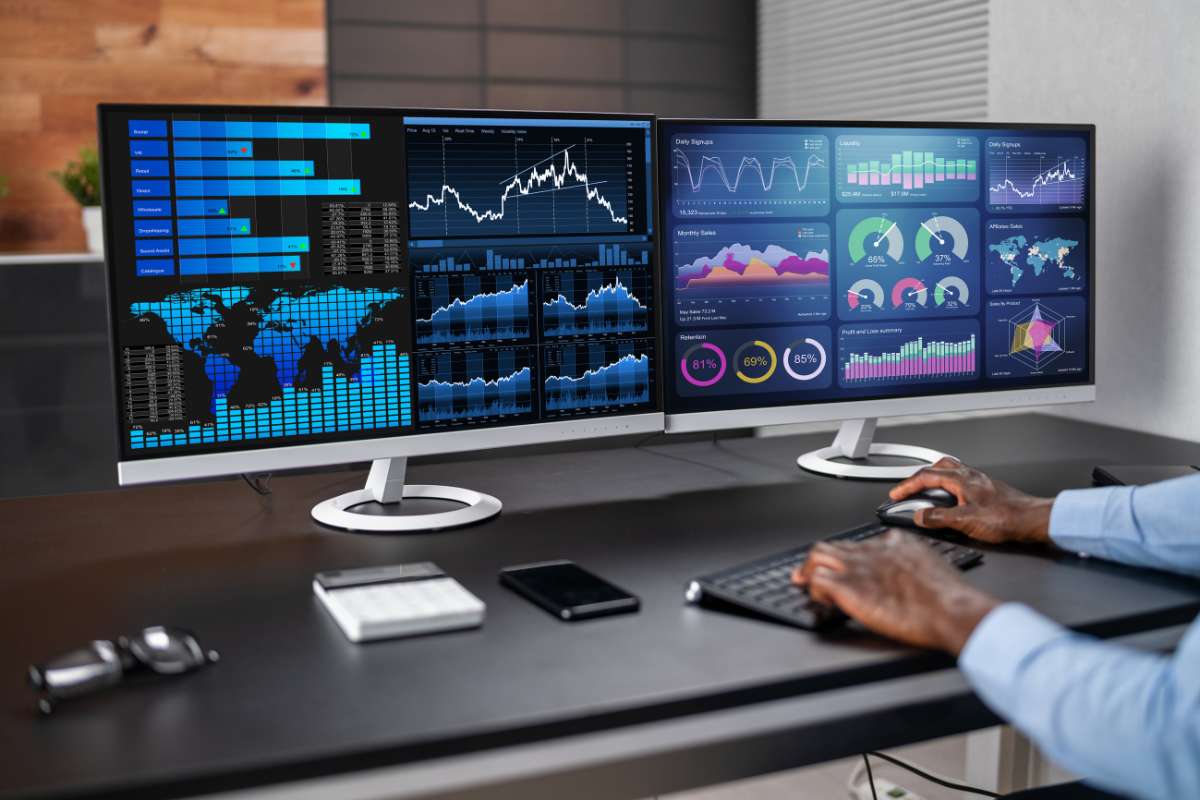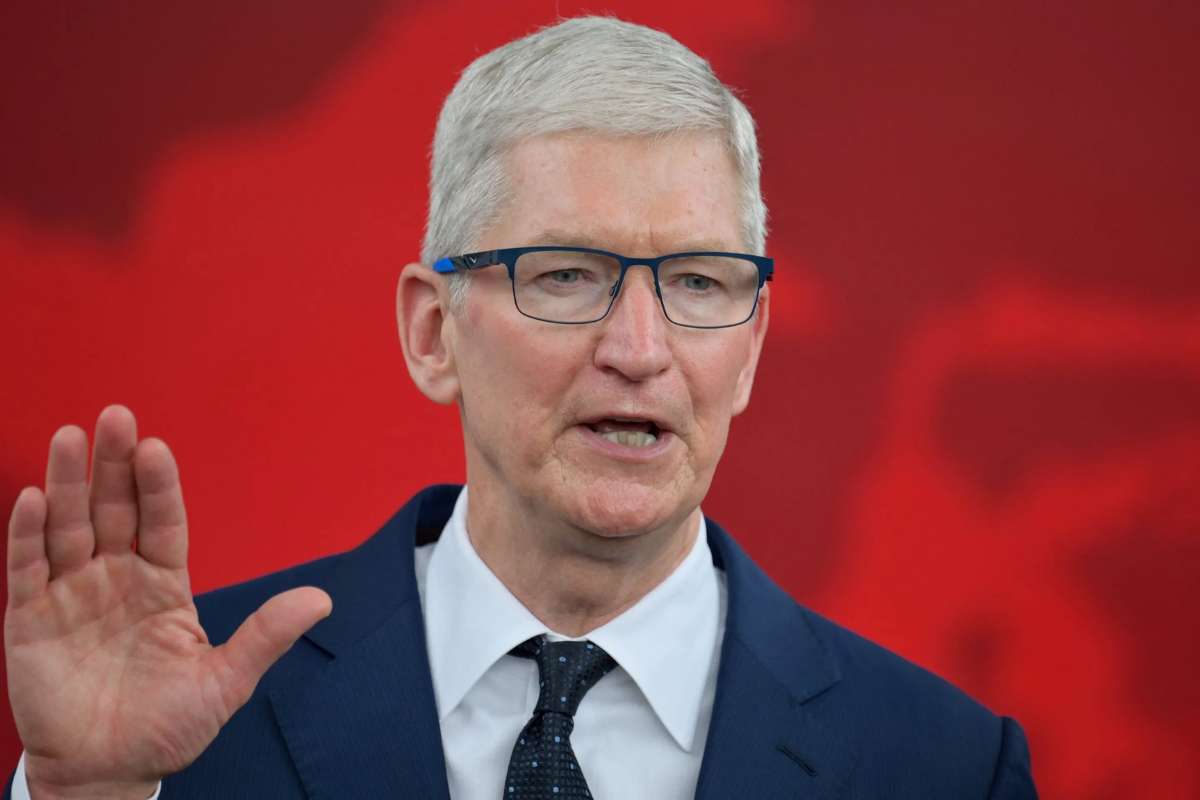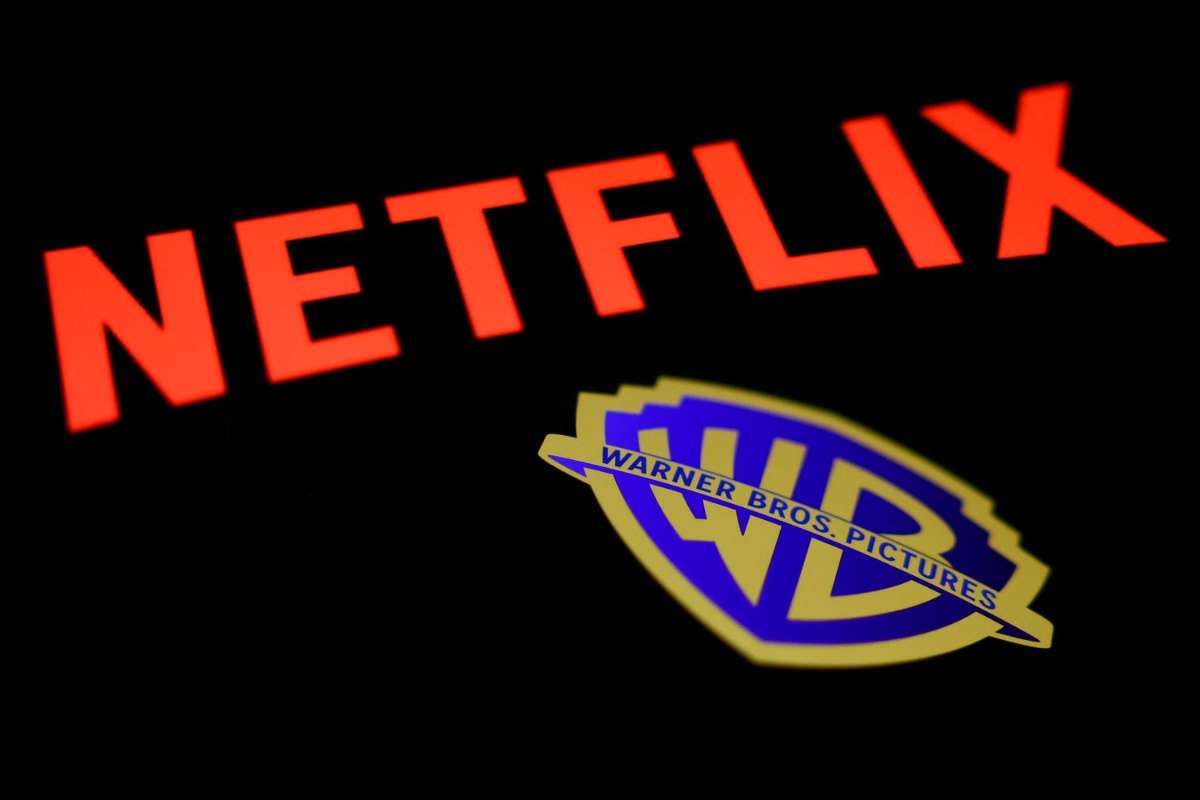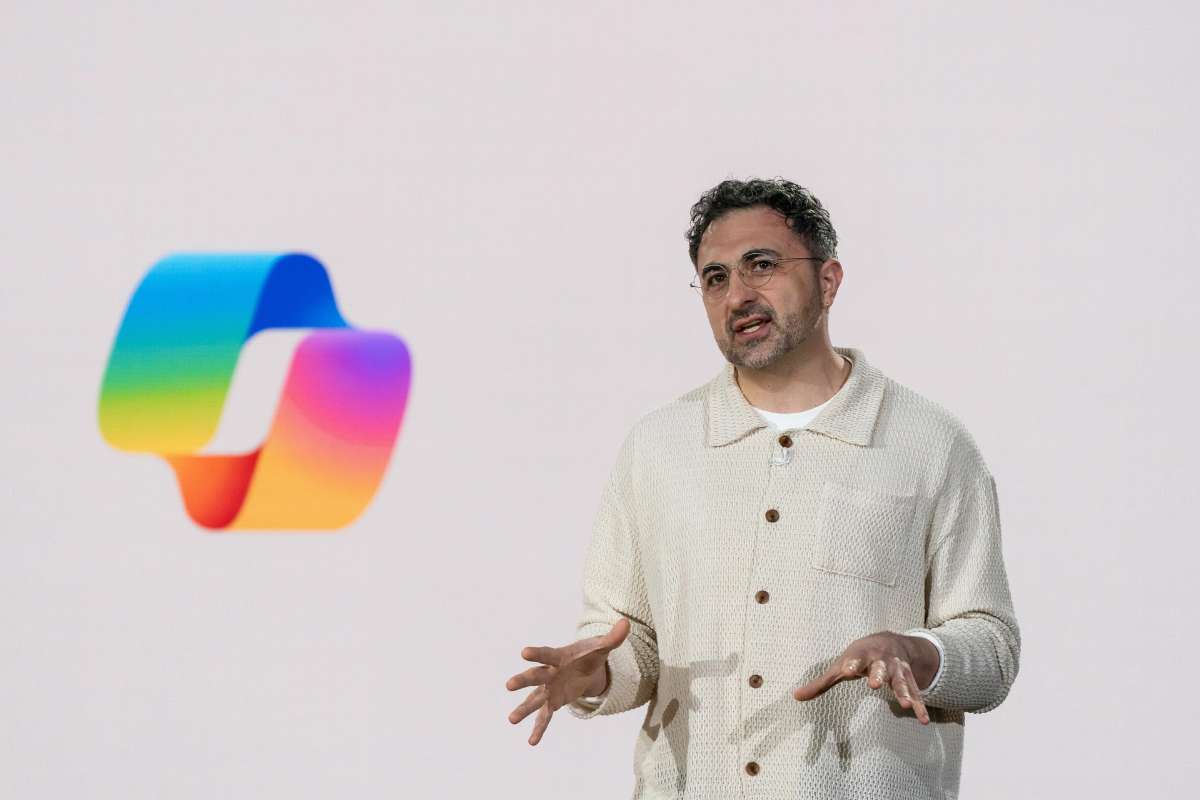Introduction: Why Time Management Matters for CIOs
For a Chief Information Officer (CIO), time is the scarcest resource. Between vendor negotiations, boardroom strategy, digital transformation roadmaps, and firefighting IT disruptions, a CIO’s day is an intricate balancing act. The pressure isn’t just about getting more done; it’s about ensuring focus and energy are applied where they matter most.
This is where the 52/17 rule vs Pomodoro for CIOs debate becomes critical. These two productivity frameworks, both tested, widely used, and data-backed, offer structured ways to balance deep work with necessary breaks. But which one really aligns with the demands of an executive leader in today’s fast-paced digital economy?
Let’s unpack both methods, compare their pros and cons, explore data from real workplaces, and discover how CIOs can experiment with them for better performance.
Origins: How These Productivity Methods Evolved
Before comparing the 52/17 rule vs Pomodoro for CIOs, understanding their origins provides important context.
1. Pomodoro Technique
Developed in the late 1980s by Francesco Cirillo, the Pomodoro technique takes its name from the tomato-shaped kitchen timer he used. Cirillo tested how long he could focus while studying and found that 25 minutes of intense work followed by a 5-minute break was highly effective. After four sessions, a longer 15–30-minute break is taken. Today, Pomodoro is widely used by students, programmers, and professionals managing distraction-heavy environments.
2. 52/17 Rule
Unlike Pomodoro’s intuitive beginnings, the 52/17 method is grounded in workplace analytics. In 2014, productivity software company DeskTime studied 36,000 users and discovered the top-performing 10% followed a natural rhythm: 52 minutes of work, followed by 17 minutes of rest. This wasn’t just anecdotal; it was a pattern repeated across industries. Later, remote work trends shifted these numbers, but the 52/17 model remains a powerful framework for deep focus.
For CIOs, who constantly juggle strategic projects and operational firefighting, knowing the research foundations of both techniques is essential before choosing.
The Comparison Table: 52/17 rule vs Pomodoro for CIOs
Here’s a structured comparison of the 52/17 rule vs Pomodoro for CIOs:
| Feature | Pomodoro (25/5) | 52/17 Method |
| Origin | Invented by Francesco Cirillo in the 1980s | Discovered via DeskTime workplace analytics (2014) |
| Work Interval | 25 minutes | 52 minutes |
| Break Interval | 5 minutes (short); longer after 4 cycles | 17 minutes; long breaks are flexible |
| Pros | Easy to adopt, great for managing distractions | Ideal for deep focus, supports strategic thinking |
| Cons | Breaks may feel too frequent for executives | Harder to sustain in meeting-heavy schedules |
| Best For | Routine, admin, or high-interruption tasks | Complex, creative, or strategic deep work |
| Research Backing | Supported in academic/learning environments | Backed by large-scale workplace productivity studies |
| Adherence Rate | ~68% after 6 months (CoolTimer 2025 study) | ~82% after 6 months (DeskTime analytics) |
For CIOs, this table shows that neither method is universally “better.” Instead, each method fits a different type of task and mental energy requirement.
Task Effectiveness: When Each Method Wins

When evaluating the 52/17 rule vs Pomodoro for CIOs, the real question is: which method aligns better with the specific tasks on a CIO’s plate?
➣ For Creative and Strategic Work (52/17 Rule Wins)
Strategic planning, digital transformation initiatives, or building IT governance frameworks require sustained attention. Research on attention spans suggests 25 minutes may be too short to enter a “flow state”, whereas 52 minutes allows for deeper immersion. CIOs working on architectural roadmaps or cybersecurity strategies may benefit more from 52/17.
➣ For Routine and Administrative Work (Pomodoro Wins)
Administrative work emails, budget approvals, and scheduling vendor follow-ups often involve frequent interruptions. Here, Pomodoro’s short cycles provide quick “resets” and a sense of progress. For CIOs buried in back-to-back meetings or operational escalations, Pomodoro offers a realistic rhythm.
➣ Hybrid Approach (Best of Both Worlds)
A growing number of professionals combine both systems. For example, CIOs might begin mornings with 52/17 sessions for strategy and then switch to Pomodoro in the afternoons for managing teams and quick decisions.
This flexibility makes the 52/17 rule vs Pomodoro for CIOs discussion less about “which is best overall” and more about “which is best for this moment.”
Which One Should CIOs Actually Use?

CIOs can’t afford to lock themselves into rigid methods. Instead, the choice between the 52/17 rule vs Pomodoro for CIOs depends on:
➣ Nature of Work:
- Use Pomodoro when you expect distractions.
- Use 52/17 for uninterrupted blocks of focus.
➣ Energy Levels:
- Mornings (when energy is high): prioritize 52/17 for strategic thinking.
- Afternoons (when fatigue sets in): shift to Pomodoro for tactical execution.
➣ Leadership Demands:
- CIOs often set the cultural tone. Modeling structured breaks can encourage teams to manage stress better and reduce burnout.
Instead of choosing one, CIOs should design a rhythm that blends both, depending on energy cycles, organizational priorities, and meeting structures.
Real-World Challenges CIOs Face

CIOs today juggle digital transformation, cybersecurity, and hybrid work pressures, all while ensuring teams stay productive. Here are the sharpest challenges they face:
1. Constant Disruptions
Whether it’s the 2023 ransomware attack on MGM Resorts that shut down systems for days or Microsoft’s global cloud outage in July 2024, CIOs face relentless disruptions. This makes sustained focus difficult, making time management frameworks like the 52/17 rule vs Pomodoro more than just a productivity hack, as they’re survival tools.
2. Hybrid Work Burnout
Post-pandemic, remote and hybrid setups demand flexibility but also blur work-life boundaries. According to a 2024 Gallup study, 41% of remote employees reported higher stress due to endless video calls and fragmented focus. CIOs must model healthy work rhythms while driving results.
3. Talent & Retention Pressures
The tech talent crunch highlighted by Accenture’s 2024 CIO Survey shows that 62% of CIOs struggle to retain skilled workers. Structured focus methods help leaders not only manage their own time but also set sustainable norms for their teams.
Experimenting Like a CIO: A Pilot Plan
Instead of guessing, CIOs should treat the 52/17 rule vs Pomodoro for CIOs like an agile experiment.
Table: 30-Day CIO Productivity Experiment
| Week | Focus Method | What to Measure | Expected Outcome |
| Week 1 | Baseline (natural rhythm) | Track attention dips, task completion, and fatigue | Understand the current work pattern |
| Week 2 | Pomodoro (25/5) | Completion rates, meeting fit, energy levels | See how frequent resets impact task handling |
| Week 3 | 52/17 Rule | Deep work sessions, stress levels, and decision clarity | Gauge impact on strategy-heavy tasks |
| Week 4 | Hybrid (mix both) | Productivity scores, subjective focus, team sync | Build a sustainable rhythm for a leadership role |
The Bigger Picture: Productivity as Leadership

At the heart of the 52/17 rule vs Pomodoro for CIOs conversation lies a leadership lesson. Productivity isn’t about squeezing more tasks into the day; it’s about creating conditions for high-quality decisions, innovation, and resilience.
➣ Cognitive Recovery = Better Decisions
Studies show that taking structured breaks improves creativity, reduces stress, and strengthens problem-solving for CIOs, which translates into smarter vendor negotiations and stronger technology roadmaps.
➣ Cultural Impact
When CIOs openly use and encourage time management methods, it cascades across IT teams. It normalizes sustainable productivity and helps combat burnout.
➣ Strategic Differentiator
In an era where digital leaders must innovate continuously, how CIOs manage their own focus becomes a hidden advantage.
Conclusion:
The Best Method is the One You Can Stick To
So, in the debate of the 52/17 rule vs Pomodoro for CIOs, which one wins? The truth is: neither, nor both.
- Pomodoro is perfect for navigating interruptions and routine admin.
- 52/17 is best for deep work and high-level strategy.
- Hybrid approaches deliver the flexibility CIOs need.
Ultimately, the best method is not the most popular one but the one you consistently use and adapt to your unique leadership rhythm.
For CIOs, this isn’t just about personal productivity; it’s about shaping organizational culture, fostering innovation, and leading by example. Structured focus is not an indulgence; it’s a leadership imperative.


















